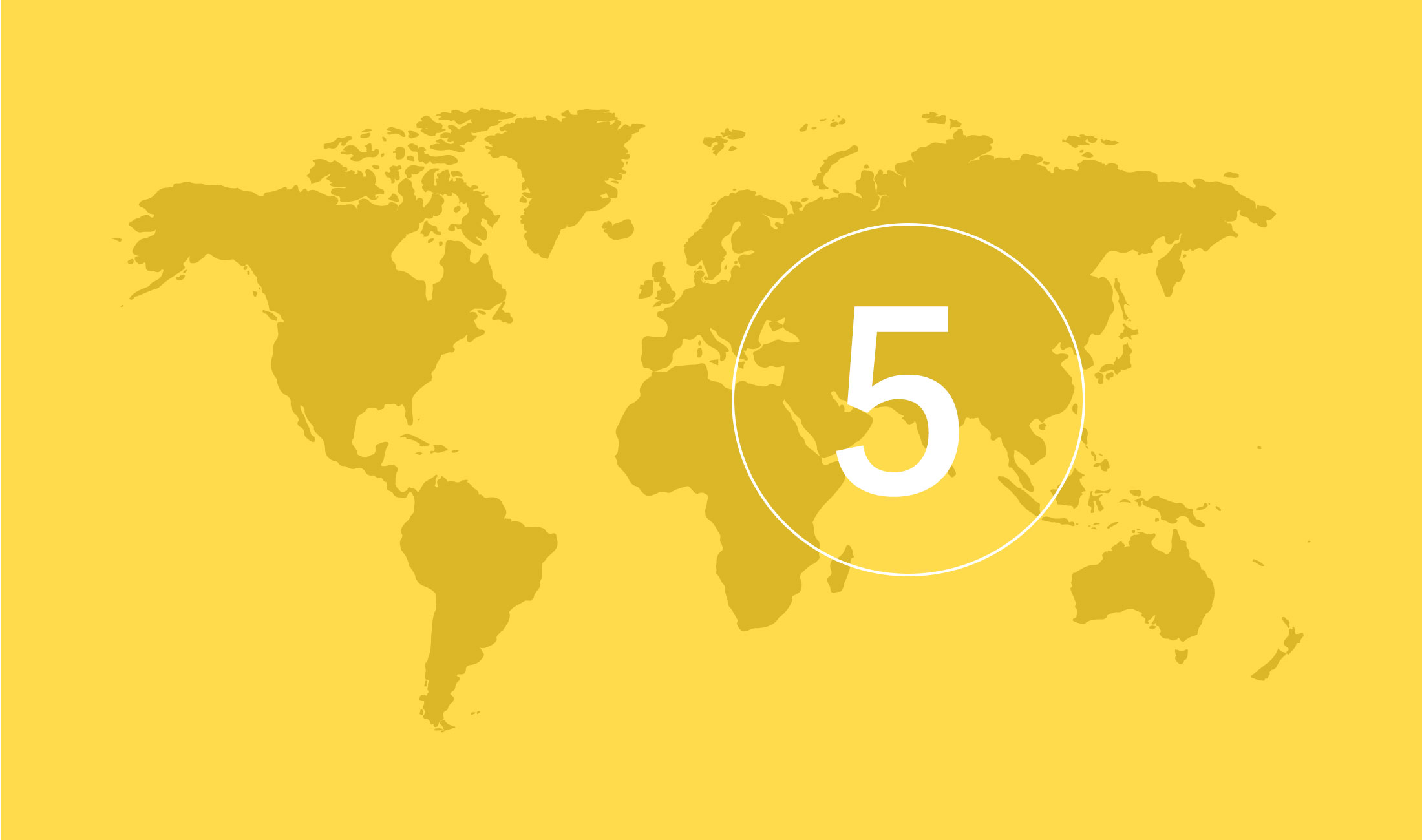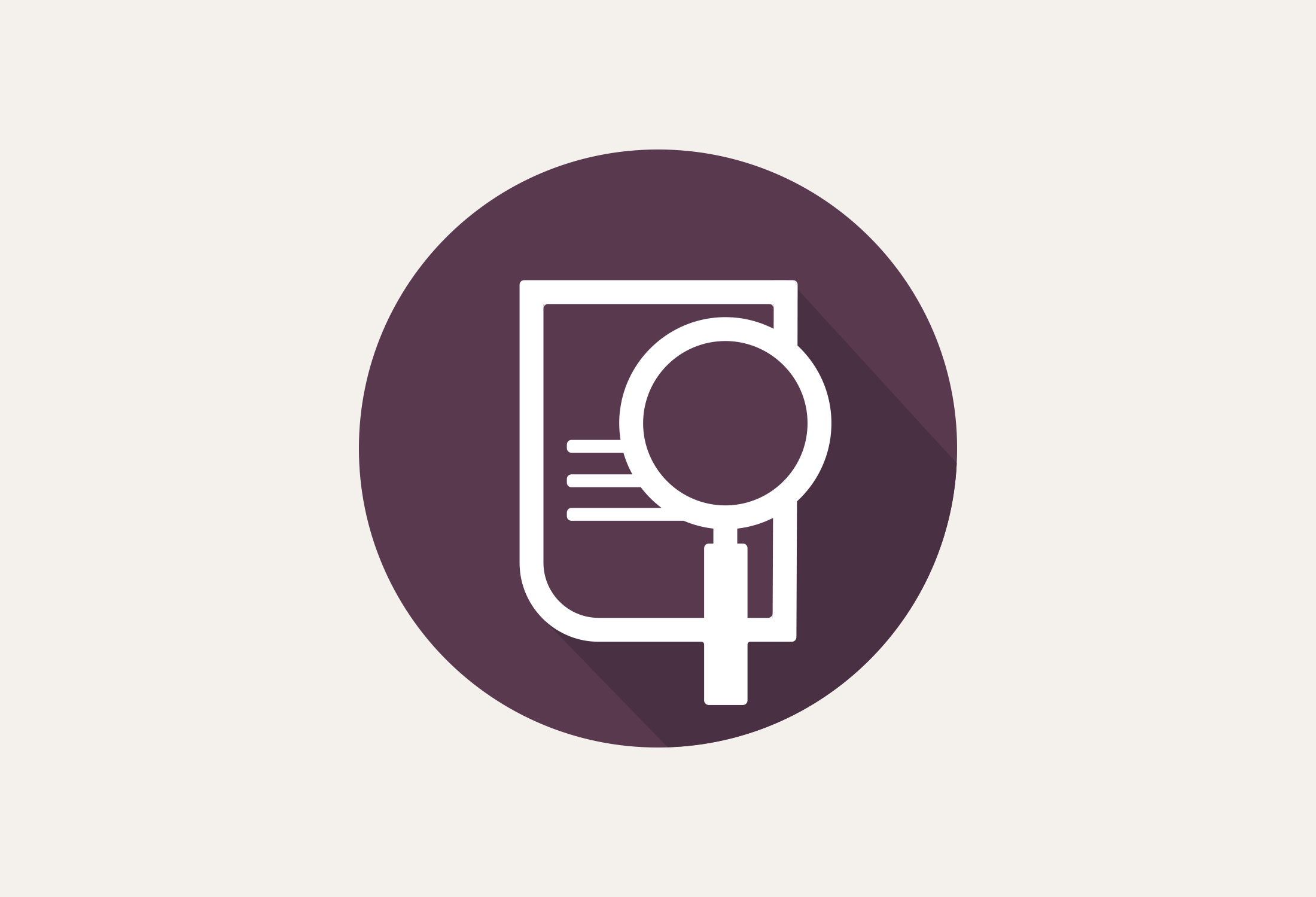
Bangladesh
Category
5
- 0
- 1
- 2
- 3
- 4
- 5
- 6
- 7
| Risk type | Short | Long |
|---|---|---|
| Sovereign |

|

|
| Public |

|

|
| Bank |

|

|
| Corporate |

|

|
The icons indicate EKN's risk assessment.

No policy established

Normal risk assessment

Restrictive risk assessment

Normally off cover

OECD or EU countries
Country risk analysis
Country Risk Analysis of Bangladesh
January 2024
The textile industry drives the economy
Bangladesh is one of the fastest growing economies in the world. Over the last decade, the annual economic growth has averaged 6.5 per cent and GDP per capita has quadrupled since the start of the twenty-first century. Rising income levels have contributed to halving the poverty rate over the past 20 years, a period during which the structure of the country’s economy has changed.
Agriculture, historically the dominant sector of the economy, now only accounts for 11 per cent of GDP. Meanwhile, the industrial and service sectors have expanded and account for approximately 89 per cent of GDP. One factor that contributed to this development is the emergence of a large textile industry, which, alongside a significant influx of remittances, is now driving the country’s economy. Accounting for approximately 80 per cent of all exports, the textile industry is the country’s main earner of hard currency. The majority of exports go to Europe and the United States. The large population (approximately 170 million) and relatively cheap labour is cheap makes the Bangladeshi textile industry globally competitive. The country is therefore one of the world’s largest exporters of textiles, accounting for approximately 7 per cent of global textile exports.
However, despite an improvement in recent decades, one consequence of cheap labour and low wages is a relatively low standard of living. Bangladesh is ranked 129 out of 180 countries in the Human Development Index, which assesses long-term progress in three basic dimensions, including a decent standard of living. Low wages are also an occasional source of social unrest and instability, as illustrated in autumn 2023 when thousands of textile workers went on strike against poor working conditions.
Multiple challenges impact the risk profile
Despite robust growth and remarkable economic development, Bangladesh is facing a number of challenges. Foreign currency earnings are concentrated to the export of goods from the textile industry and remittances from citizens working abroad. The country is also dependent on oil and gas for its energy supply, leaving it vulnerable to fluctuations in the global economy. This is reflected in developments over recent years, when low international demand for textiles and high oil prices have contributed to increasing trade deficit. To reduce this vulnerability and increase growth potential, the country needs to diversify its economy and develop other industries, with one promising example being the IT sector.
Another challenge facing the country is weak public institutions. This has, among other things, a negative impact on government finances. Public authorities are ineffectual when it comes to collecting taxes, and government revenue is therefore among the lowest globally in relation to GDP at around 8 to 9 per cent. This limits the government’s opportunities to improve infrastructure, including the poor roads, limited rail network and underdeveloped ports, which hamper the efficiency of the export sector. While government debt is relatively low at 39 per cent of GDP in 2023, it has increased significantly over recent years as a result of successive budget deficits. Interest payments now account for just over 20 per cent of government revenue.
A third challenge is the country’s exposure to climate change. Extreme weather events, such as heavy monsoon rains and floods, have a devastating effect on Bangladesh, which has a low, flat landscape with many rivers.
Moreover, the country is one of the most densely populated on Earth, with 170 million inhabitants living in an area one third the size of Sweden. The consequences of climate change and higher frequency of extreme weather events affect millions of people. The country’s capacity for adaptation is low due to weak public institutions and low government revenue.
Politics characterised by significant conflict
Bangladesh is a democracy and regular general elections are held. That said, it is a democracy with major flaws. There are restrictions on the independent media and the judiciary is under the influence of politicians. The Freedom House, which ranks countries around the world based on political rights and civil liberties, rates Bangladesh as “partly free”.
The political situation is characterised by antagonism between two parties: the Awami League (AL) and Bangladesh Nationalist Party (BNP). The two parties have been competing for decades, with hostilities often being marked by violence, harassment and allegations of electoral fraud. Political conflicts often spill over into the streets, resulting in civil unrest, demonstrations, strikes and boycotts that paralyse the nation.
AL has been in power since 2008 and Prime Minister Sheikh Hasina is steadily strengthening her grip on power. The government has made it increasingly difficult for the opposition to exert influence, primarily through the exploitation of the judicial system to harass and arrest its members. The BNP boycotted the most recent election in January 2024, leaving AL free to secure a further six years in power. This long-term hold on power threatens to politicise state institutions, fuelling corruption and making it more difficult to implement much-needed reforms.
Recent years have exposed vulnerabilities
The Bangladeshi economy has weakened over recent years. High oil prices during 2022 resulted in an increased cost imported fuel on which the country’s energy supply depends. In combination with a decline in textile imports, this led to a growing trade deficit (4.1 per cent of GDP in 2022). High oil prices also contributed to a sharp rise in inflation during 2022, a trend that has continued into 2023. In November 2023, the inflation rate was 9.5 per cent.
To decrease the trade deficit, the Central Bank of Bangladesh imposed import restrictions and prepayment requirements when banks open letter of credits for importers. The Central Bank switched to a more flexible exchange rate during spring 2023, abandoning the old exchange rate system with multiple exchange rates and an informal peg to the US dollar. This caused a large depreciation of the Bangladeshi Taka. The exchange rate has stabilised, but it remains historically weak against the dollar.
Although the plummeting exchange rate has contributed to the high level of inflation, it has benefited exports, which are expected to rise during 2024. In order to build up international reserves, the Central Bank has imposed a requirement for exporters to repatriate the proceeds of exports within 120 days of shipment.
Overall, the Central Bank’s measures have reduced the trade deficit and improved the country’s external position somewhat. International reserves have, however, continued to shrink, currently cover three months of imports. The size of international reserves has almost halved since 2021, reducing the country’s buffer against future economic shocks and increasing its vulnerability.
In January 2023, Bangladesh entered a 42-month IMF programme that secures USD 4.7 billion in financing. The programme is expected to anchor future economic policy and may accelerate necessary reforms such as the modernisation of monetary policy with the adoption of a fixed inflation target and a gradual transition to a floating exchange rate. According to the IMF, compliance with the programme has been relatively good during 2023, with five of seven subgoals achieved. The subgoals yet to be reached are increasing international reserves and increasing government revenue. The IMF has therefore urged authorities in the country to begin reforms that can contribute to achieving these goals without delay.
Business environment
Weak institutions, widespread corruption, stifling bureaucracy and a fragmented banking system contribute to a difficult business environment. According to the World Bank’s Worldwide Governance Indicators, the performance of Bangladesh’s economic institutions is among the worst for developing countries in Asia and inferior to countries such as Pakistan, Laos and Cambodia. This result has not improved to any great extent over recent decades.
Corruption is also widespread, as reflected in Transparency International’s Corruption Perception Index 2022, which ranks the country 147th out of 180, on par with Iran, Afghanistan and the Central African Republic. This was the worst result since 2015, suggesting that the country’s development is heading in the wrong direction.
Bureaucracy is rife and legal proceedings are often drawn-out. The judicial system is subject to interference from the government, which appoints judges. The courts tend to favour local companies in business disputes, especially state-owned companies whose management is appointed by the government. Politicians generally exert significant influence and, in combination with widespread corruption, this undermines the predictability of the regulatory environment.
The Swedish Export Credit Agency (EKN) has no relevant experience of recovering debts in Bangladesh.
The banking system presents another challenge. It is fragmented, consisting of some 60 banks with assets equivalent to approximately 50 per cent of GDP. The five largest state-owned banks have about 20 per cent of the market, while a large number of private banks each have between 2 and 4 per cent. This structure leads to fierce competition with low margins.
The percentage of non-performing loans (NPLs) in the bank sector is high at between 8 and 9 per cent, a figure that has increased over recent years. The percentage of NPLs is even higher at state-owned banks, at approximately 20 per cent. State-owned banks are affected by politically controlled lending, while private banks tend to be part of or closely linked to industrial conglomerates.
According to a study conducted by the World Bank in 2021, lending to friends and family is widespread and various forms of fraud and improper lending occur. In December 2022, the Central Bank of Bangladesh appointed observers to the boards of nine banks at which loan irregularities were so serious that they were deemed to jeopardise the bank’s financial position. One positive aspect of the banking sector’s risk profile is that the IMF programme includes the goal of improving the oversight and governance of banks.
There is a stated political ambition to reduce bureaucracy and address the challenges in the business environment. Several reforms have been launched, including the One Stop Service Act (2018, 2020), which is intended to digitise government services and streamline permit processes for entrepreneurs and investors. While these reforms are promising, implementation is proceeding slowly and is limited by corruption.
EKN's policy
Since 2015, EKN has classified Bangladesh in country risk category 5 on a scale of 0 to 7, with 0 being most creditworthy. Normal risk assessment applies to all categories of debtor (excluding other public buyers). This means that there are no predetermined limitations in the issuance of guarantees and that the transactions are assessed on their own merits without any specific requirements or preconditions. For transactions with public buyers, EKN requires a letter of credit, bank guarantee or sovereign guarantee.
EKN's commitment and experience
EKN’s total commitment in Bangladesh is SEK 161 million, of which SEK 146 million is issued guarantees and the remainder pledges. During the period 2019–2023, EKN issued guarantees for 71 transactions to around ten exporting companies. The value of the guarantees was SEK 710 million. The flow of guarantees is dominated by transactions in the telecom and transport sectors. Over 90 per cent of the flow consists of short-term guarantees with a credit period of up to one year. The most common type is letter-of-credit guarantees, of which EKN sees a regular flow of around 10 to 15 guarantees each year.
EKN’s payment experience has been good, with few losses due to claims. That said, repayment delays are common. There were payment delays in 20 per cent of the guarantees issued during the period 2019–2023. None of the delays have been claim adjusted but the average delay was 74 days.
More for companies that want to export to Bangladesh

EKN's guarantees
EKN's guarantees reduce the risk of payment defaults and help banks support businesses. Which guarantee suits your needs?
EKN's guarantees
Guarantee guide
Are you unsure which guarantee is the best fit for your specific transaction? Try our guarantee guide.
Guarantee guide